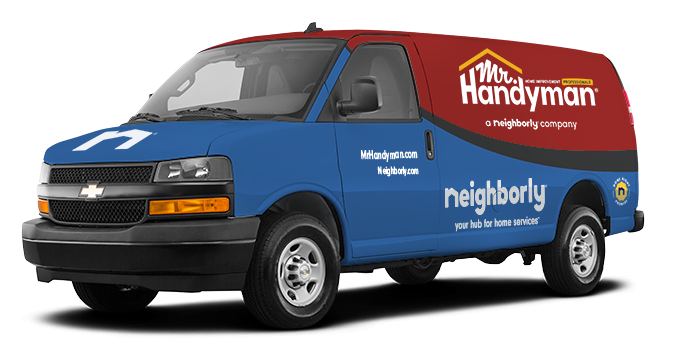How do I remove the swinging door between the kitchen and the dining room? Thanks, Bob K.
Hi Bob,
Thanks for your question. I know of two types of double swing door hinges. The first and most often used is the Double Action Spring Hinge. This is the type of hinge used on old western style bar doors. They are also used on kitchen doors, parts room doors, or any door that must allow people to go both ways. These type of doors, have a double spring-loaded hinge that works with two coil springs. If it were spread out it would resemble the letter “Z” looking at it from the end. It consists of two large coil springs at the two connecting points. The two springs are tensioned in the opposite direction and are adjustable. It’s mounted to a mortise in the jamb and the side of the door.
The other style is a floor and upper head mounted post. Gravity–type pivot hinges are used for applications such as café doors swinging in both directions. This type of hinge is most commonly used in commercial and institutional facilities and used with commercial doors. Since this type is generally not used in residential buildings, I will say that you have the first style I mentioned, the double action spring hinge.
The first step is the most important one. You must remove the tension on the springs. If your door has two hinges, then that will mean four springs. Each hinge will have several holes and a pin in one of the holes. You need to use a nail that will fit into the hole and turn the spring is such a way as to release the tension on the pin. Remove this pin. With another nail do the same to remove the first nail. Then, walk the springs tension down using the nails. Do this to all springs on all hinges.
Now you are ready to remove the door. Open the door all the way, in the direction so that you can see the screws securing the hinge to the jamb. With someone holding the door, remove the screws on the bottom hinge. Insert a piece of wood under the door to hold it up, and then remove the top hinge. Now, the door is out! Next, you’ll have to fill the mortise holes in the jamb.
The best product we have found to fill these holes is a two-part all-purpose putty. Mix the two components together on a flat piece of cardboard with a putty knife. Be sure to thoroughly mix them to create a thick paste. This mixture tends to set up rapidly so mix only enough that can be applied quickly. With a large putty knife, work the mixture into the screw holes then fill the mortised area. Mix additional amounts as needed. When you are satisfied that the putty is completely dry, sand it down to smooth to the jamb, then prime and paint the whole jamb. You have succeeded! If not, then give us a call, and we will be happy to help out.
Mr. Handyman technicians hold years of experience dealing with projects like this. If you feel unsure about being a do-it-yourselfer, just give us a call and say “Help,” and help will be there just when you need it, “ON TIME.” You can also take comfort knowing that the work will be, “DONE RIGHT,” with 100 percent satisfaction guaranteed.
If you decide to have a Mr. Handyman visit, our experienced techs would be able to help you with this and any other job you wish to have done. No job is too small!
Be sure to ask about our FREE “Home Maintenance Review” and have your house checked from top to bottom. Call us today at (203) 373-7717!
If you have any questions about home repair, e-mail them to: [email protected].
Your Friends at Mr. Handyman